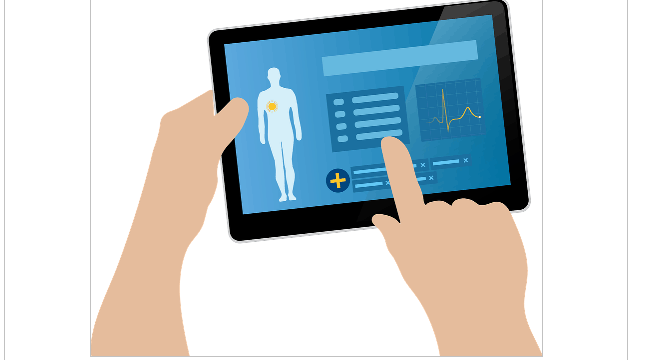Telehealth and Medicaid Expansion during COVID
This article will explore Medicaid expansion during COVID-19. We all know that COVID has uprooted our lives. Telehealth is the new post-COVID norm, whereas it was in infancy pre-COVID. Perhaps the pandemic has spurred on Medicaid expansion as well.
I would be remiss if I did not mention that increased practice of telehealth and Medicaid expansion also increases the likelihood for Recovery Audit Contractor (RAC) and Medicare Administrative Contractor (MAC) audits. Everyone has more patients, and more ways to serve those patients, which is great.
COVID has made telehealth an overnight success. Computers are now as essential as cars, Internet access as well. If a coffee shop doesn’t have wi-fi, how many people go? COVID has also been the catalyst for Medicaid expansion.
COVID has caused more people to qualify for Medicaid without expansion. With expansion, the numbers skyrocket. COVID also spurred three states to expand their Medicaid programs. These were states that most people did not believe would expand: Missouri did so on Aug. 4, and Oklahoma followed suit on June 30, 2020, effective July 1, 2021. The vote was close in the Sooner State. Based on the final unofficial count, the measure passed with just over a 6,000-vote margin – less than one full percentage point.
Medicaid enrollment is expected to continue to rise steeply, as the nation’s unemployment rate remains high during the public health emergency (PHE), and many are at risk of losing employer-based health insurance. For example, Missouri’s Medicaid enrollment has already grown 8.8 percent, from 848,048 in February to 923,048 at the end of June, according to the Georgetown University Health Policy Institute’s Center for Children and Families.
In total, 12 states have not expanded Medicaid, including some considerably populous ones in North Carolina, Florida, and Texas. Thirty-nine States, plus the District of Columbia, have expanded Medicaid. Herein lie certain key points on the social determinants of health (SDoH) – COVID has exacerbated inequalities, including rising income inequality, joblessness, and pressure from hospitals in economic turmoil.
During the shutdown, telehealth accounted for more than 40 percent of primary care visits for patients with traditional Medicare, up from a tiny 0.1 percent before the PHE. Data shows that 60 percent of psychiatric consults took place by telehealth in that time.
During the ongoing PHE, the administration temporarily waived Medicare’s restrictions, so enrollees anywhere could use telemedicine. Patients could connect from home. Making such changes permanent would require legislation from Congress, but there is bipartisan interest.
Payments and alleged overpayments for telehealth and future RAC and MAC audits will be sticky obstacles. For now, Medicare is paying clinicians on par with virtual and in-person visits. This rate equality is also called rate parity. Fraud-busters – or RAC and MAC auditors – agree. The parity may not always exist. You can expect Medicaid to generally follow Medicare’s path.
Since the general use of telehealth is so new, we don’t have a real sense of where huge risks lie, although we can make educated guesses. For instance, if the rate parity between telehealth and physical exams should change, I foresee a plethora of RAC and MAC audits.
More Medicaid expansion means even more telehealth, because there are more users. In essence, Medicaid expansion goes hand in hand with expansion of telehealth. It’s the new norm: virtual physicians, government insurance…are flying cars next?

